
26 Courses
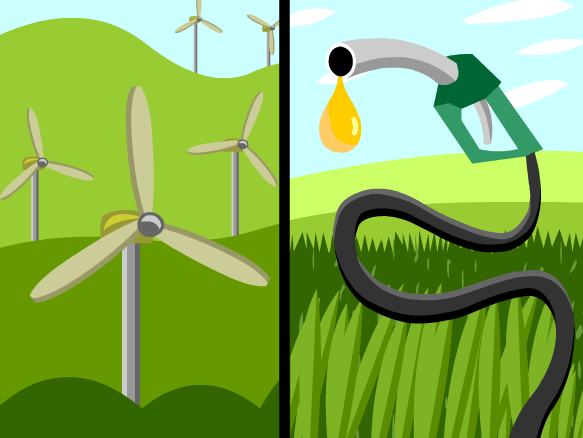
Humans and the Environment
Want to really save the planet? In this UNS2IN movie, Mohammad and Jana will give you some concrete suggestions about how you can do your part. First, you’ll learn why protecting the environment is such an important thing--and how it got to be so vulnerable in the first place. Next, you’ll find out how everyday things we consume affect our environment on a large scale! And finally, you’ll learn three major ways in which you can help clean up the planet and protect it for future generations. From conserving energy to consuming less stuff, you’ll get some important tips on how we can all make the world a better place!
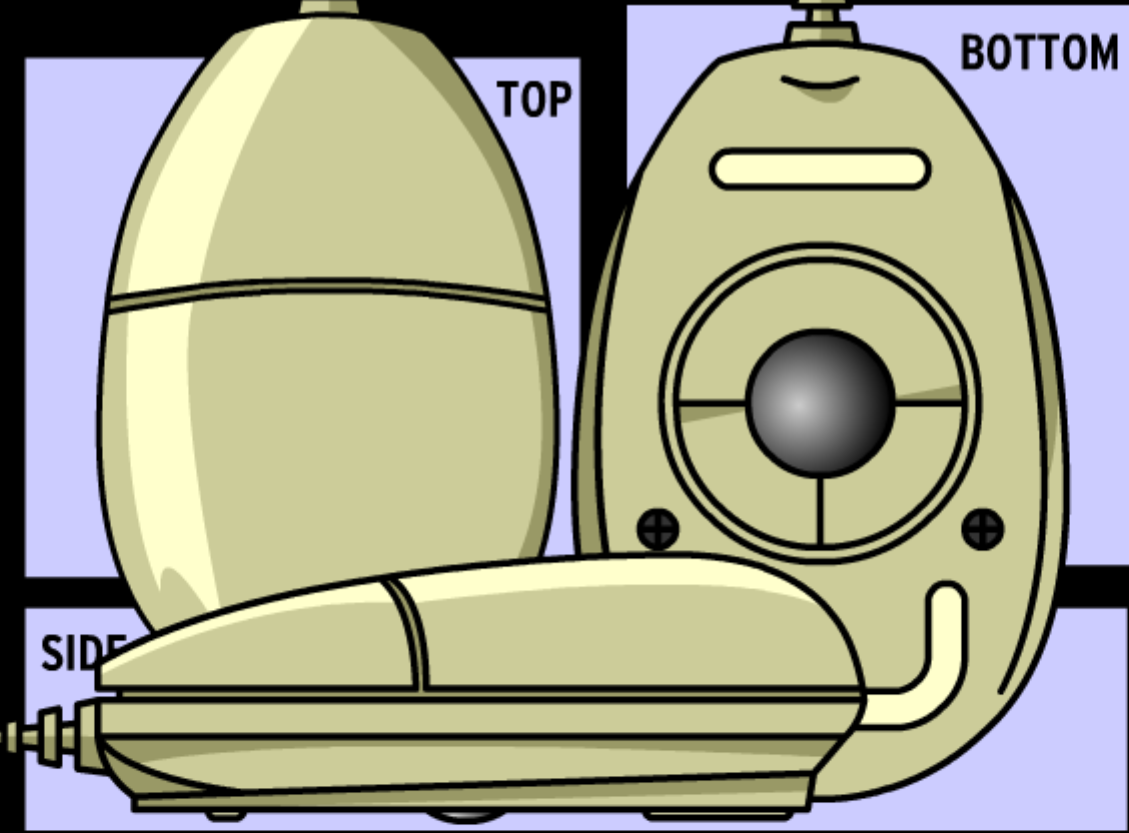
Computer Mouse
Eeek — a mouse! Okay, computer mice are pretty harmless. Now you can find out how they work! In this BrainPOP movie, Tim and Moby teach you all about the technology behind the computer mouse. Discover what makes the movement of a mouse change the cursor on your screen, and how pointing and clicking activates programs or hyperlinks. You’ll also learn the difference between the two most popular mouse types, the mechanical mouse and the optical mouse. Plus, get some cool information on other mousey devices like trackballs and track pads! You might want to call off the exterminators...
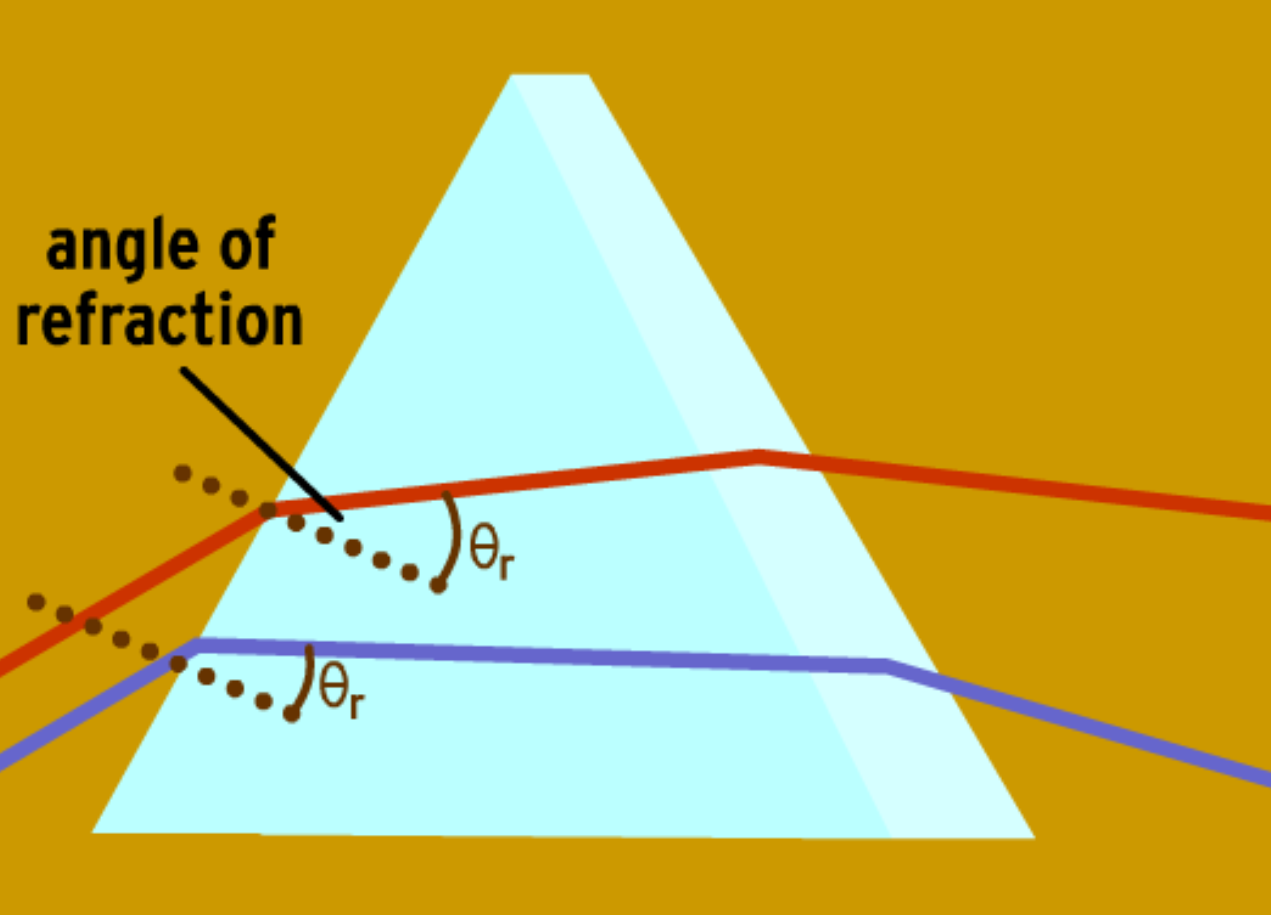
Refraction and Diffraction
Refraction and diffraction sure sound the same, so why are they so different? In this BrainPOP movie, Tim and Moby teach you the similarities and differences between the two processes. For instance, you’ll see why both are properties of waves! You’ll learn about light waves and photons, and how they can bend when moving through different materials. Find out how the speed of light can change when moving through objects with different densities, like air, water, or glass. And discover how light, sound, and radio waves can bend or spread around an obstacle, plus how scientists use diffraction to study everything from DNA to stars in outer space! We’re talking about the wave of the future, here!
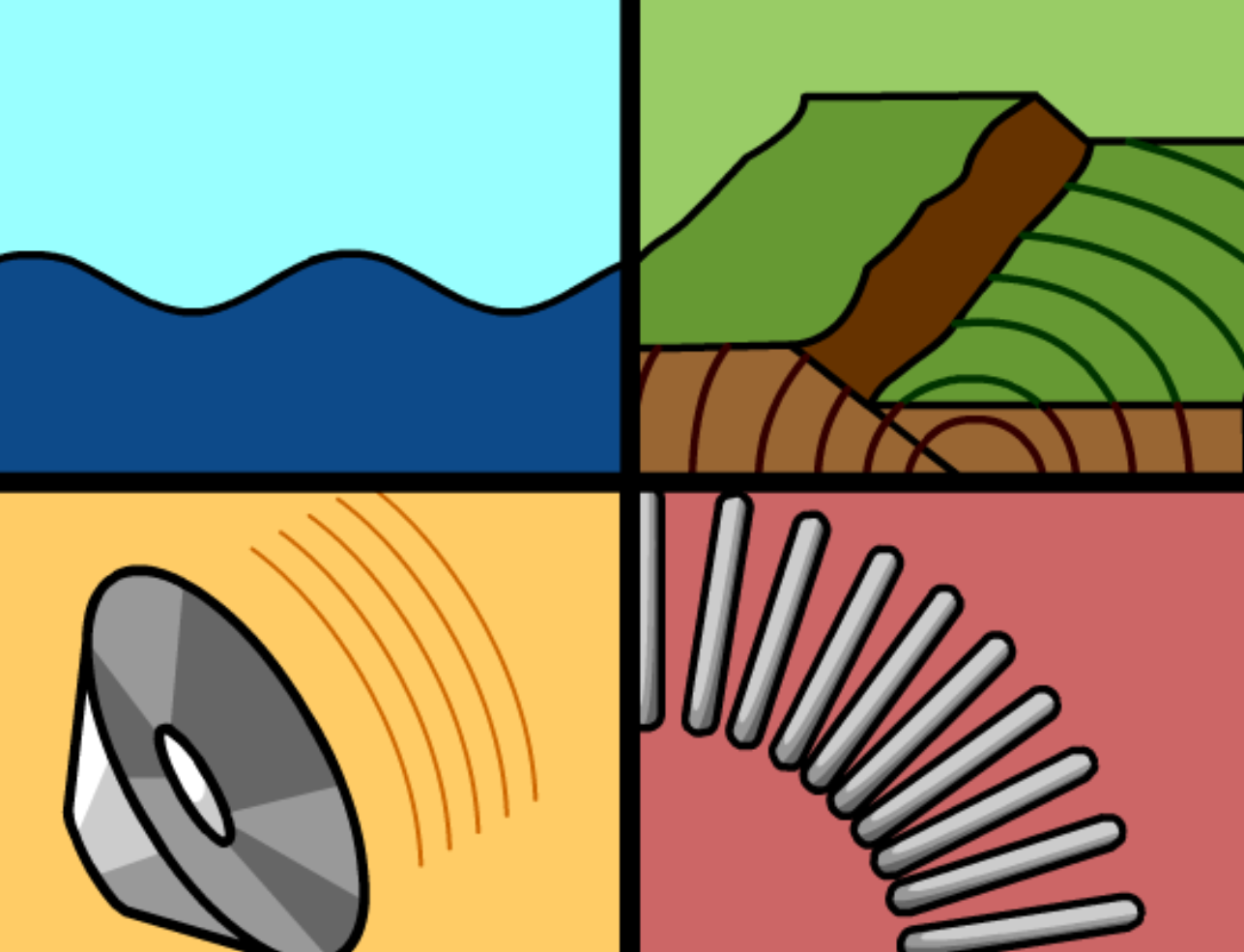
Waves
Ready to make some waves? In this BrainPOP movie, Tim and Moby discuss all types of waves--from the kind that travel through the ocean to the kind that travel through outer space! You'll learn how water, sound, light and even earthquakes travel in waves, and also about the characteristics between them that we can measure and observe. You'll also find out how to determine how much energy each wave carries and how we use time and frequency to measure different types of waves, whether they're electromagnetic or mechanical. All this talk of waves is enough to make someone want to surf and listen to the radio all at the same time!
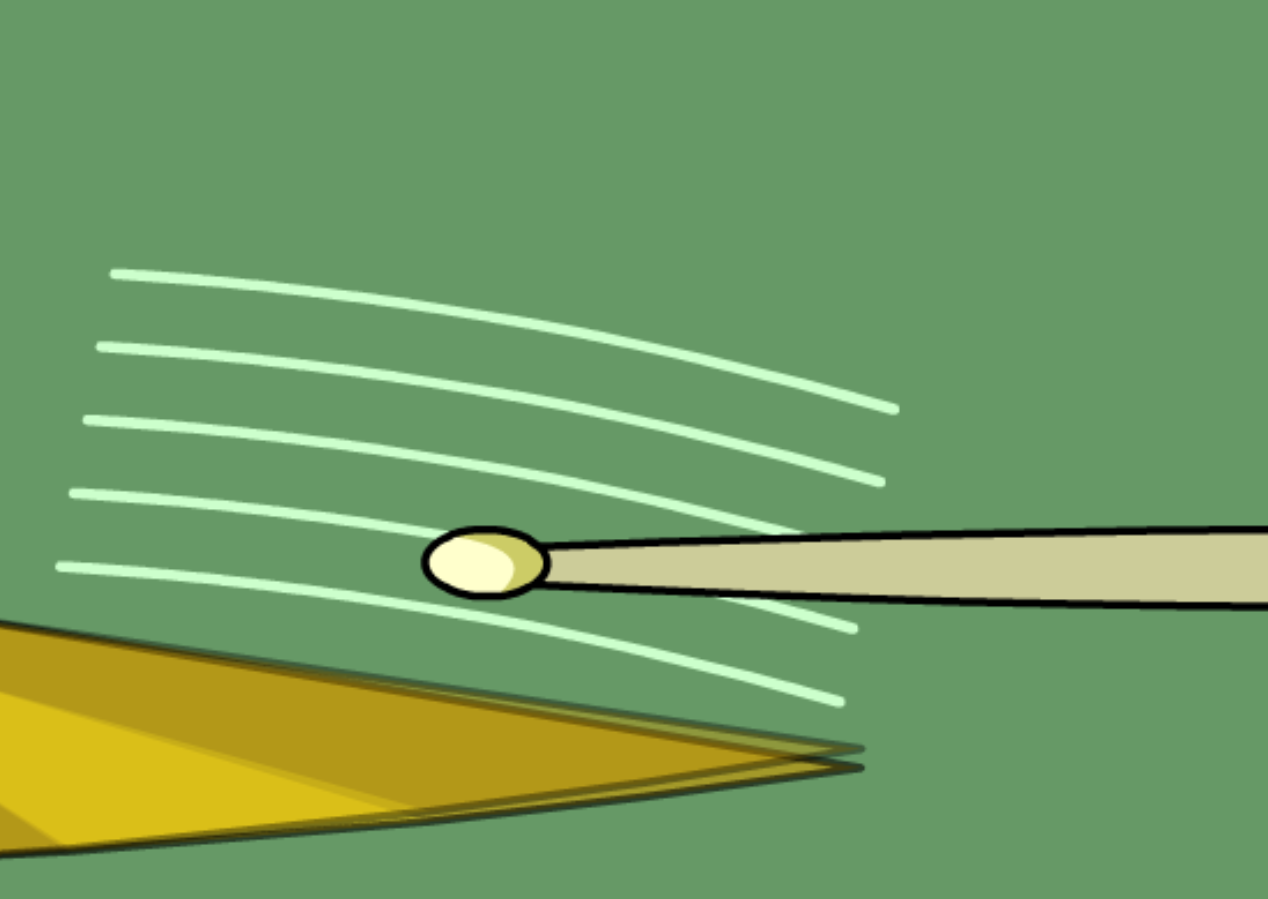
Sound
Did you hear that? In this BrainPOP movie, Tim and Moby introduce you to the world of sound! In the movie, you’ll find out how sound and ocean waves are similar, yet different, as you learn about different kinds of waves. See how air molecules, air pressure, pitch, and vibration all play a part in everything you hear. Plus, you’ll be introduced to a cool mechanism designed to measure sound waves! Discover how fast sound can travel through mediums like air, water, and steel. And see how aquatic animals like whales use sound to communicate underwater! Hey, this sound movie sounds pretty cool, right?!
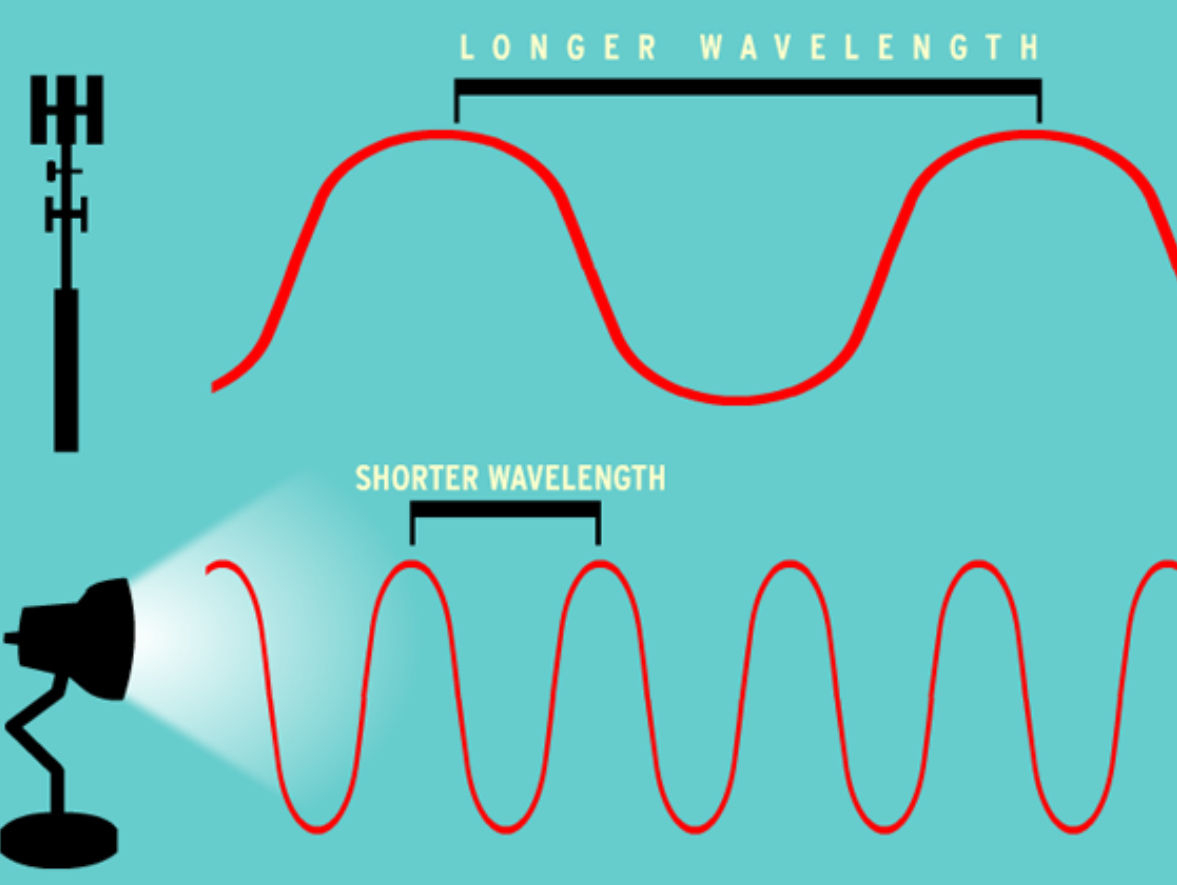
Light
What can appear and disappear instantly, move through solid objects, and travel across the universe? Light accomplishes all of these feats right before our eyes, every day. With the flick of a switch, it shows us what’s in a room by reflecting off objects. It moves right through glass windows, a phenomenon called transmission. And it heats our planet by traveling millions of miles from the Sun, until it’s eventually absorbed here on Earth. Many of light’s abilities and features have to do with the way it travels: as a wave. Depending on the distance between the peaks of a light wave, it might look green or red—or you might not be able to see it at all. We can see only a tiny sliver of the electromagnetic spectrum, the full range of light in the universe. Press “play” to get to know the many forms of light!
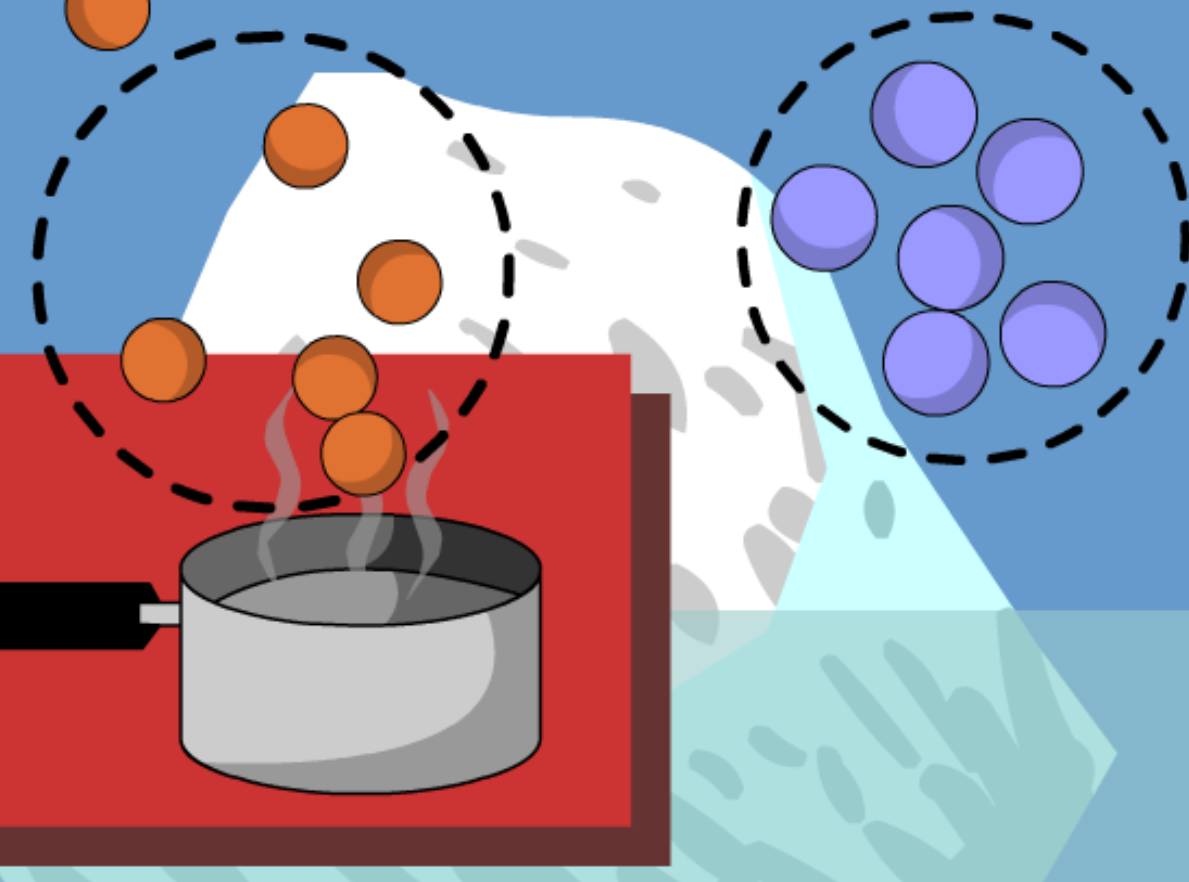
Heat
Ready to turn up the heat? In this BrainPOP movie, Tim and Moby introduce you to heat and how it is created. You’ll learn about how molecules act when exposed to energy, plus what motion has to do with heat energy. Discover what heating up or freezing an object does to its molecules, and how temperature can cause changes in solids, liquids and gases. Plus, you’ll find out what types of energy it takes to create or generate heat, and the difference between heat and temperature. Wow, things are really heating up!
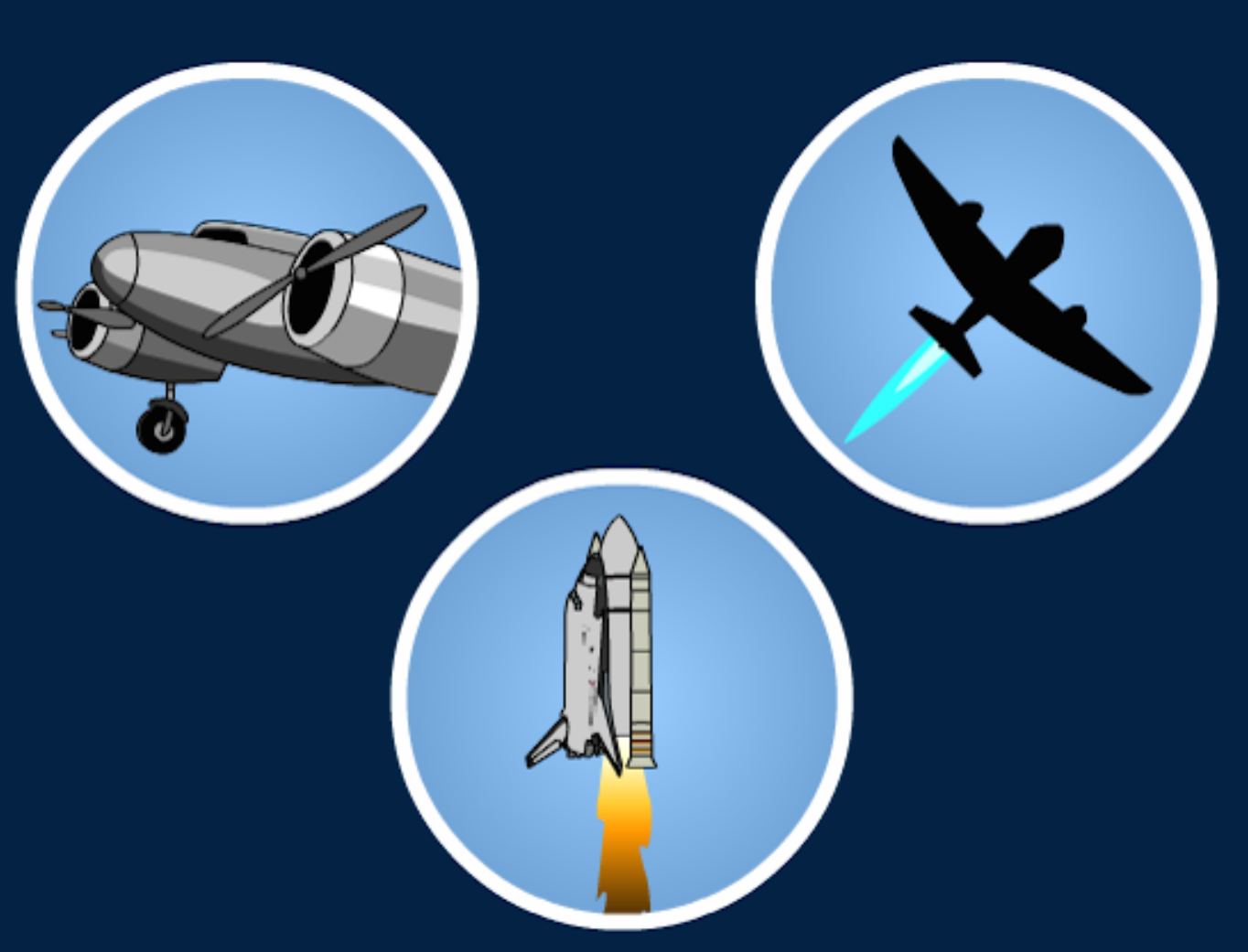
Flight
It’s a bird, it’s a plane, it’s—a plane! How do those huge jumbo planes get up in the air anyway? Watch this BrainPOP movie on flight for a helpful introduction to exactly how planes fly despite their enormous weight. In the movie, Tim and Moby will teach you how the curved shape of a plane’s wings allow it to experience a force called lift; how jet engines provide the thrust that moves a plane forward; and how pilots make planes climb, dive, and turn. We’ve got everything you’ve always wanted to know about flying, so fasten your safety belt, put your seat in an upright position, and get ready to soar!
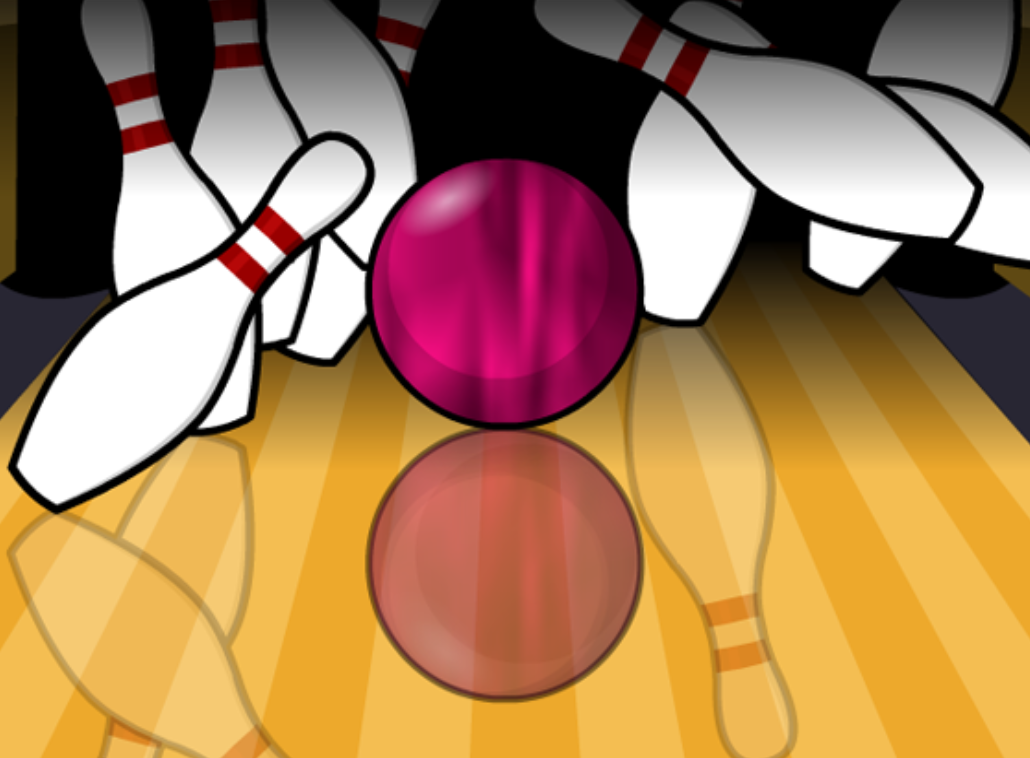
Kinetic Energy
Kinetic energy is one of the two main forms of energy. It’s the energy of motion, and it’s constantly at work all around us. Every time you take a bus to school or bowl a strike, that’s kinetic energy in action. For all that it does, kinetic energy depends on just two factors: mass and speed. The other form of energy is potential energy. Kinetic and potential energies are constantly transformed into one another and between the two of them, they make the world go round. So, get a move on and put your kinetic energy to work—press “play” now!
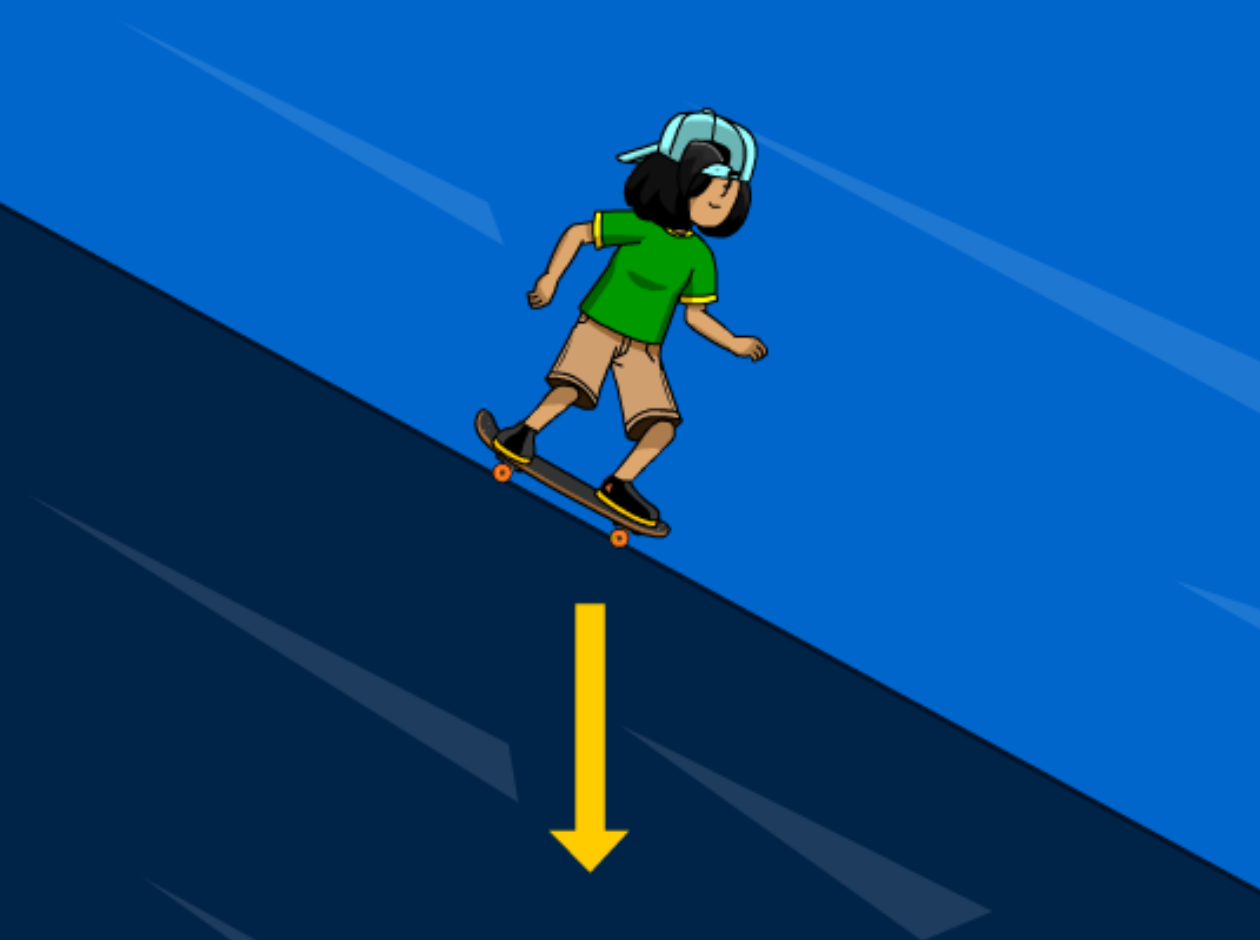
Potential Energy
Have you got potential? We think so! Potential energy is all around you—and even within you. But all that potential doesn’t stay stored away forever. Whenever there’s movement, it’s because potential energy is being transformed into kinetic energy. Press “play” to find out what it means when something has potential energy, and what gravity has to do with it. There’s enough fun in here to make you potentially obsessed!
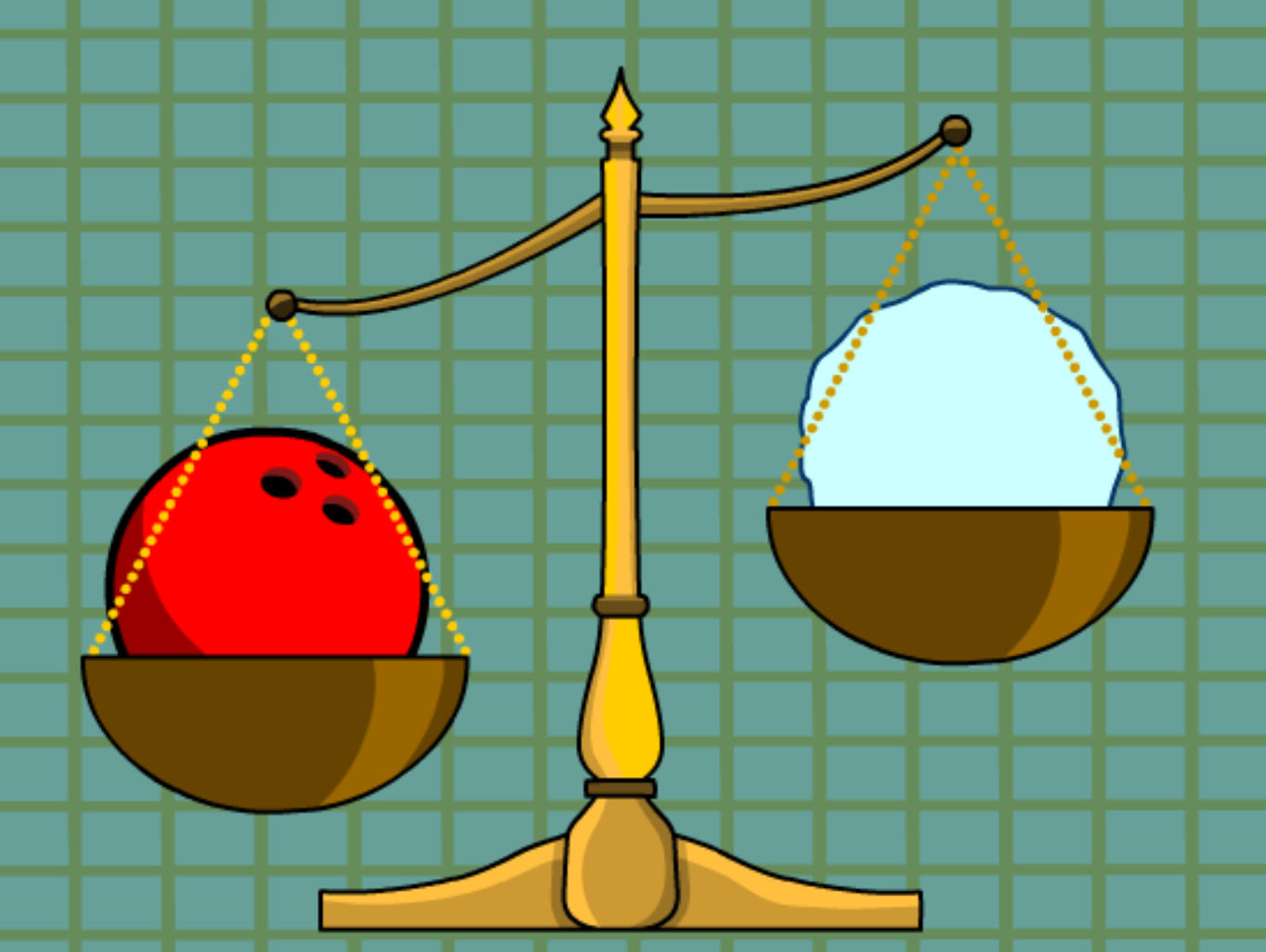
Buoyancy
Why do anchors sink while boats float? In this BrainPOP movie, Tim and Moby dive into buoyancy, the special property of fluids that acts against gravity. See how much water is displaced when an unsuspecting robot is dropped into a pool. Learn how the buoyant force makes objects weigh less underwater. And discover how an object's density determines whether it sinks, floats, or hovers in a fluid. With all this knowledge, you'll surely be able to keep your head above water!
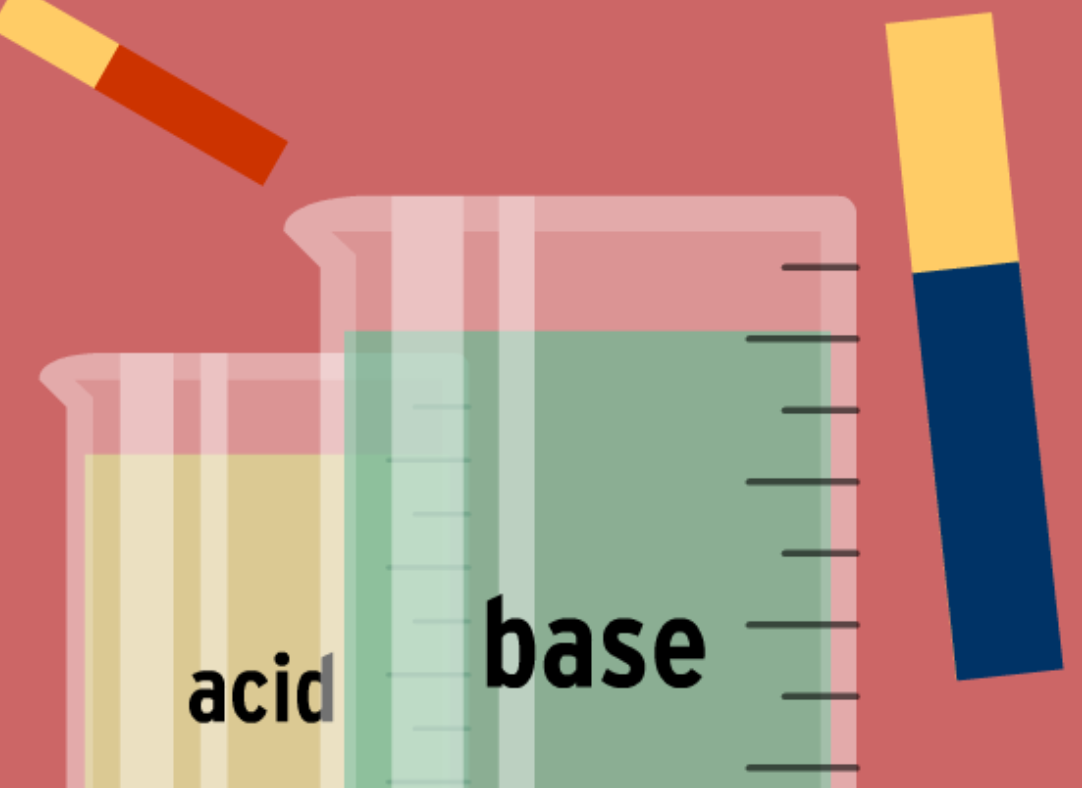
pH Scale
What is pH, anyway? If this question has been eating away at you, wonder no more! In this BrainPOP movie on the pH scale, Tim and Moby explain what makes an acid an acid and a base a base — and how the measure of their strength relates to pH. Among other things, you’ll learn why acids can eat away at metal and how acids and bases neutralize one another. You’ll also find out about buffers, substances that can block pH changes for a short period of time — and how to use pH paper to determine a solution’s acidity. It’s basic knowledge you definitely need!
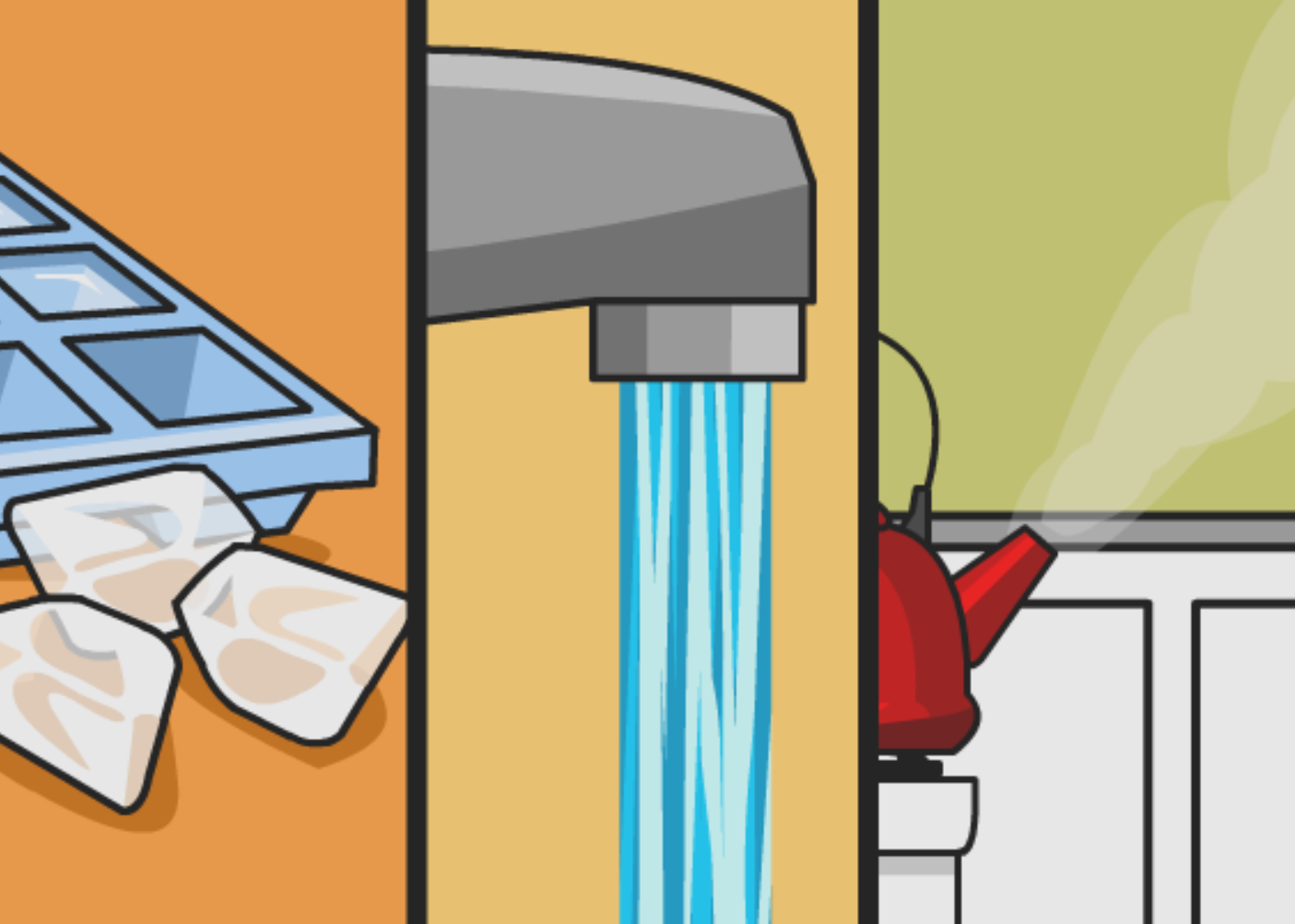
Matter Changing States
OK, smarty, so you’ve already learned about the three basic states of matter. Well, do you know the boiling point of water in degrees Celsius AND Fahrenheit? Or what “heat of fusion” means? If not, then the BrainPOP movie on matter changing states is for you! Tim and Moby will tell you all about the energy that state changes require, and the effect that extra energy has on atoms and molecules. You’ll learn about sublimation, which occurs when a solid melts directly into a gas, and also about condensation, when gas turns into liquid. A watched pot never boils--so get away from the stove and watch this movie while you wait!
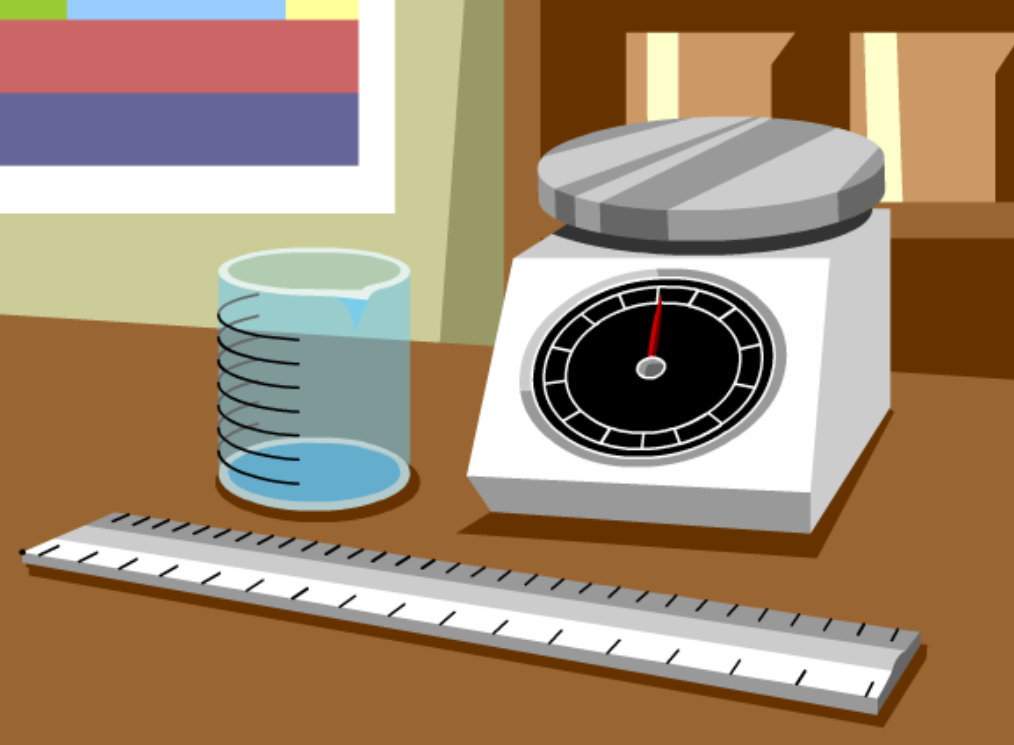
Measuring Matter
Everything in the universe is made up of matter--but how, exactly is that matter measured? In this BrainPOP movie, Tim and Moby introduce you to mass, volume, and density, three of matter’s key physical properties. First, you’ll find out why measuring these properties is so darned important in the first place, and why scientists use the metric system to record these measurements. Next, you’ll learn the definitions of mass, volume, and density, as well as the ways of measuring each. Finally, Tim and Moby will clue you in to topics like displacement and the difference between mass and weight--all key facts you’ll need to know before you can master physics and chemistry. So get out your scale and your calculator, and come along for the ride!
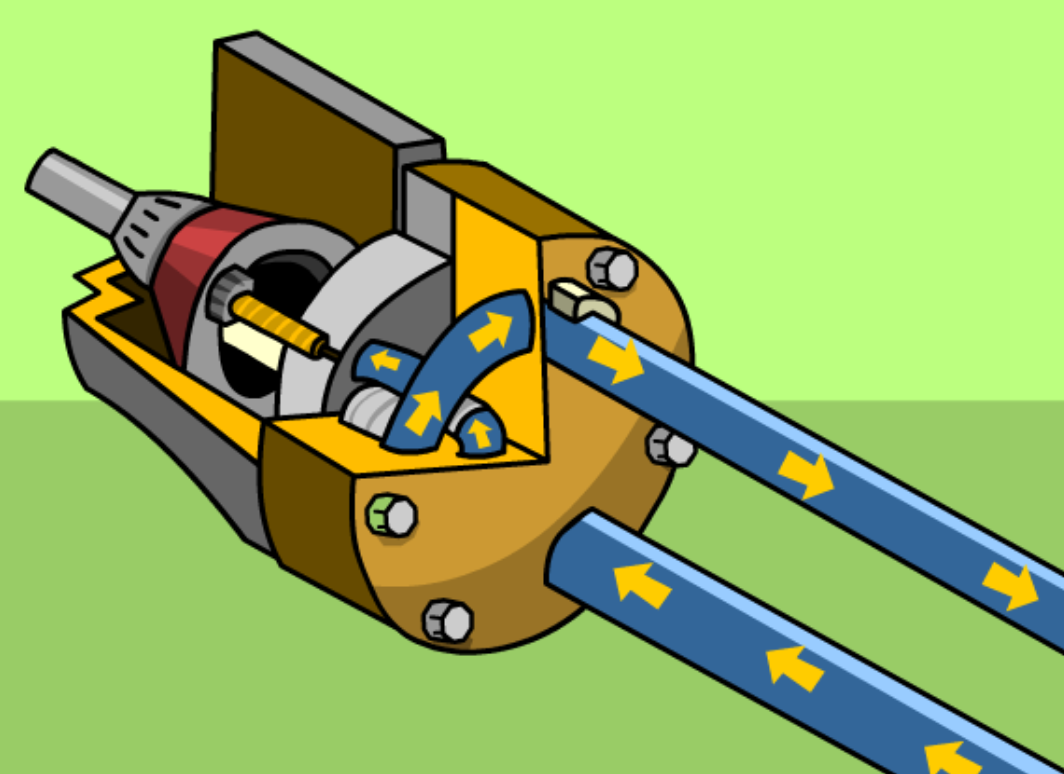
Hydraulics
Think liquids are wimpy? Think again! In this BrainPOP movie, Tim and Moby explain how some of the strongest machines in the world are powered by the liquid power of hydraulics. You’ll discover early examples of water-based engineering from Ancient Rome to medieval China. You’ll also explore how modern machines use pistons, tubes, highly-pressurized oil, and a nifty principle called Pascal’s Law to amplify their power. And you’ll see how all that power can be used to move the arms of huge construction vehicles or stop cars on a dime! Using liquid power to move mechanical monstrosities--now that’s a strong move.
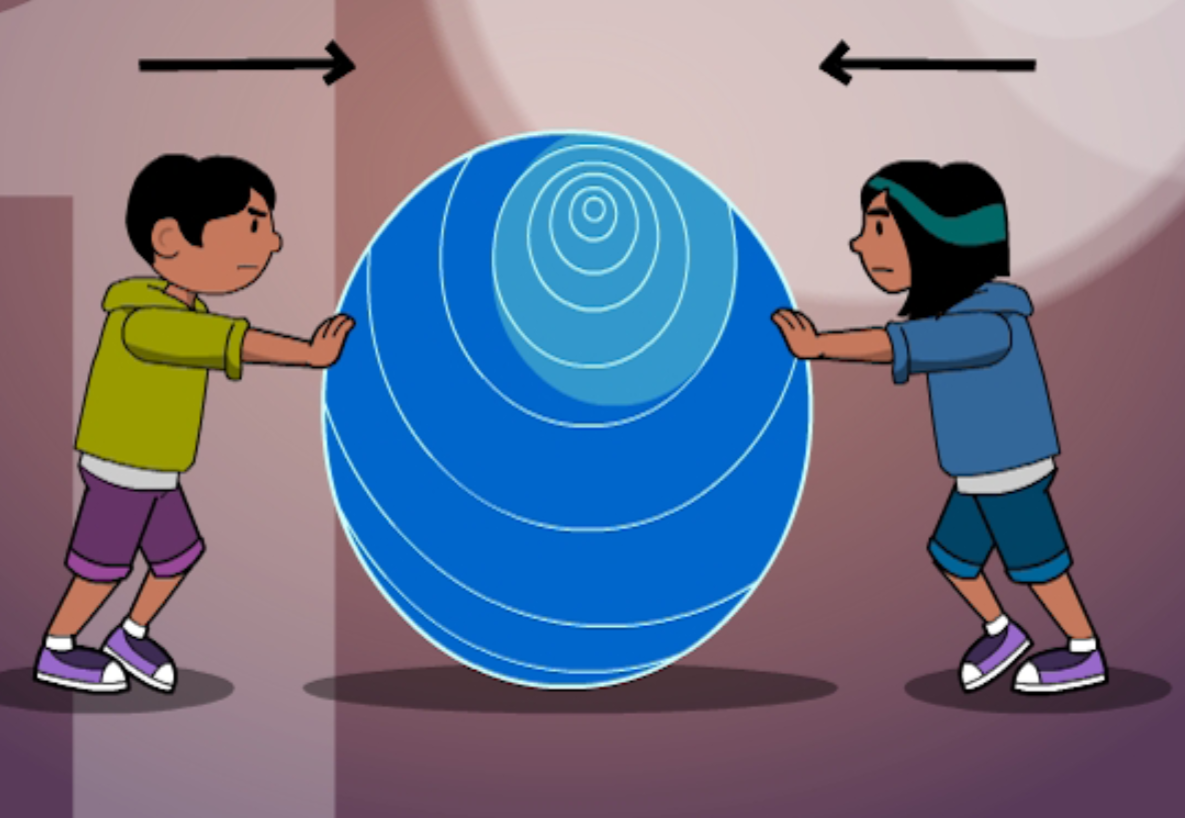
Newton's Laws of Motion
How do things move, anyway? A few centuries ago, a scientist named Isaac Newton came up with three laws that explain motion throughout the universe. His goal was to demystify how planets move around the Sun—and he ended up explaining the motion of everything from rockets to roller skates. It all starts with forces, pushes or pulls that can make an object move or change its motion. Newton’s laws have helped us understand the physical world for hundreds of years—and now you can understand it all, too! Press “play” to learn more!
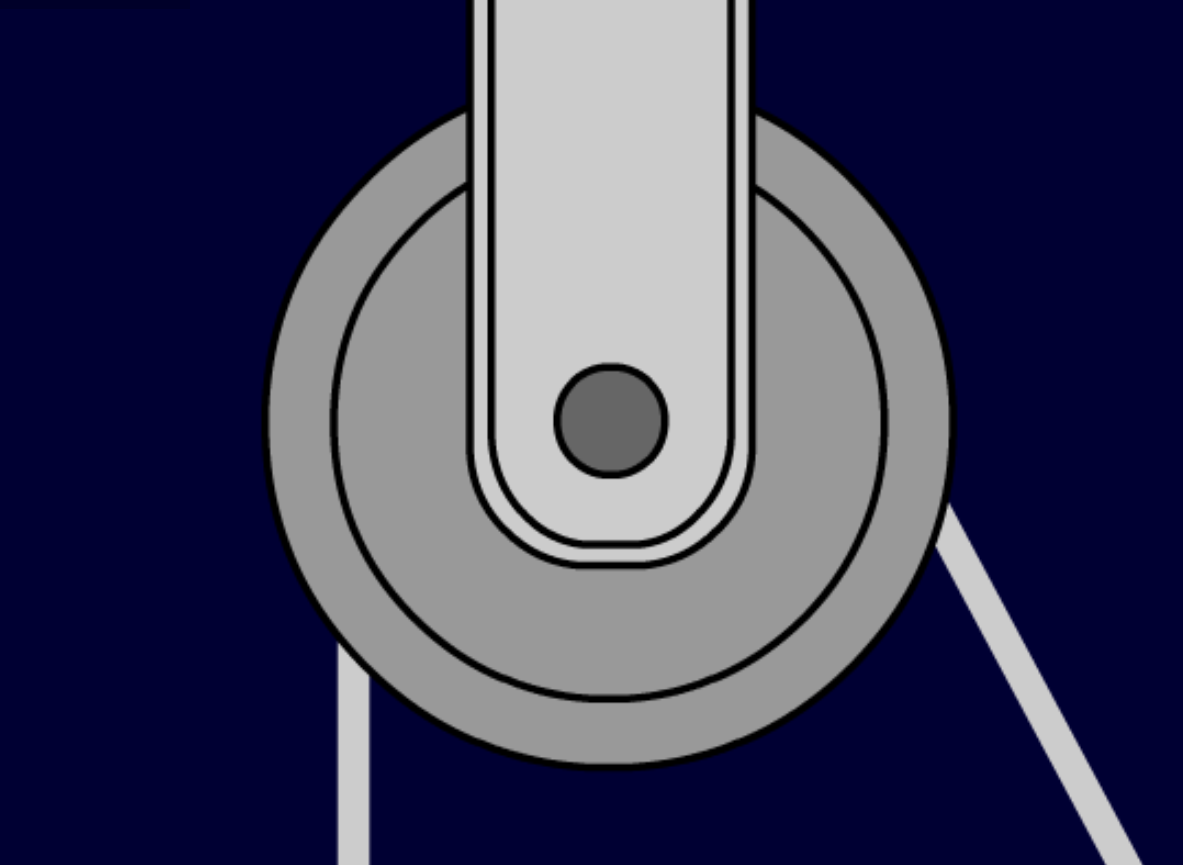
Gears
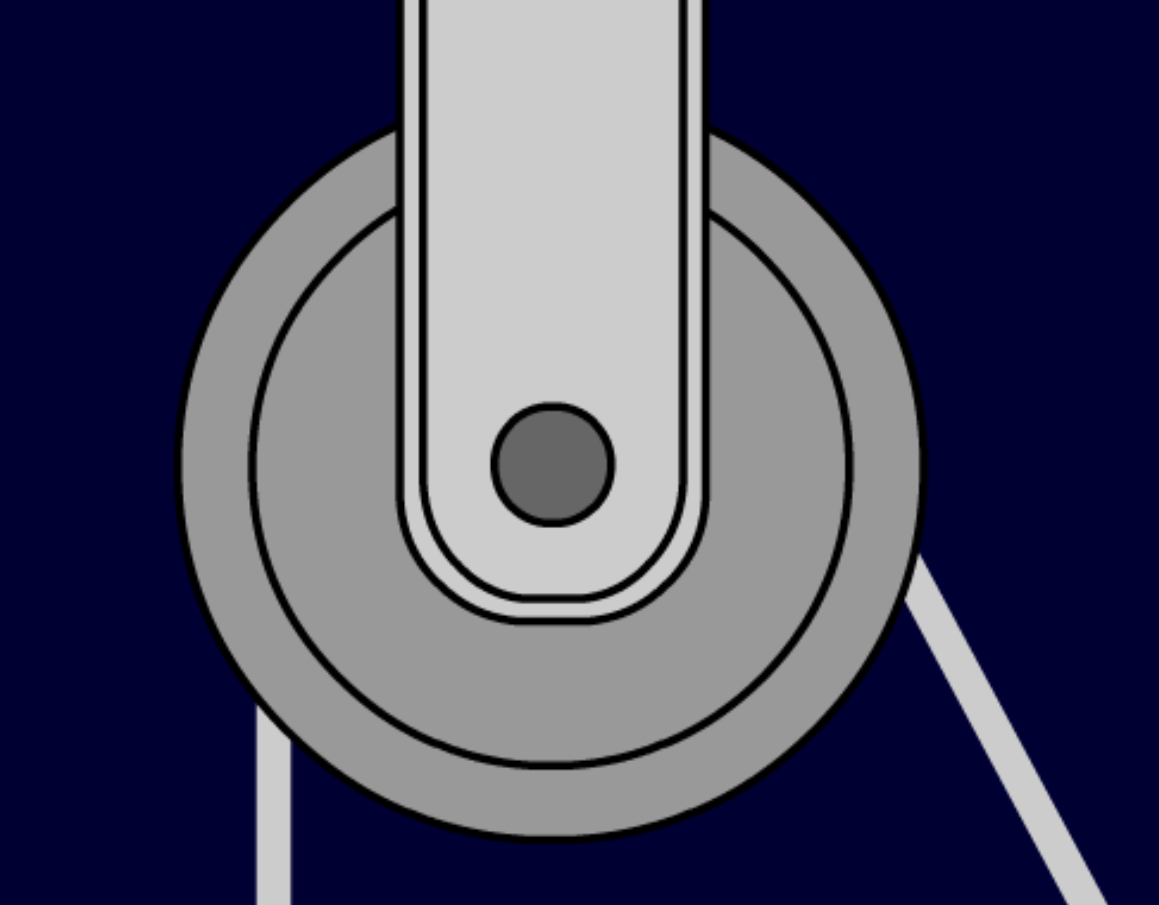
Pulley
Get ready to learn all about pulleys! In this BrainPOP movie, Tim and Moby teach you all about these simple machines, which are among the most useful tools ever invented. Discover how pulleys are designed to decrease the amount of effort you have to expend in order to move a heavy object. You’ll find out about the concepts of resistance force and effort force and how they’re used in different pulleys. You’ll also learn about the components that make up a pulley and how using two of these devices can enable a person to lift an object that weighs more than she does! You won’t have to expend much effort to watch this movie — so have fun!
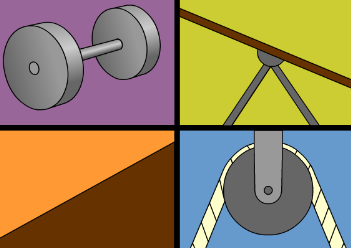
Wheel and Axle
Wheels and axles have been around for some 7,000 years — and now you can check out how they work! In this BrainPOP movie, Tim and Moby teach you all about the science behind the wheel and axle, one of the most important inventions of all time. Discover how these two devices work together as a simple rotating machine to decrease the amount of effort you need to move something from one place to another. You’ll see why turning a wheel creates a shorter but more powerful force at the wheel’s axle, thus making things like doorknobs and car wheels go! Ready to do some wheelies?

Levers
What do a seesaw, tweezers, scissors, and your arm have in common? They’re are all examples of levers! In this BrainPOP movie, Tim and Moby explain how this simple type of machine allows us to move things more easily by magnifying our effort. You’ll see the four different components of a lever, and how they can be rearranged to form three different types of levers. You’ll also learn why lifting something heavy with a lever is easier than lifting without one. Let’s get lifting!
